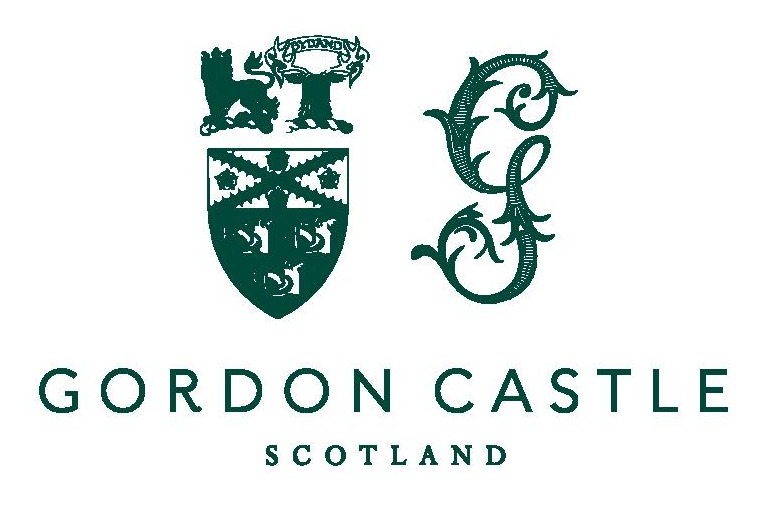Food for thought
The sun is finally shining again. And it’s now that I get to reap the rewards for all the work John and the Gardening Team have been doing for the last few ‘hungry months’. It’s showing its promise too, we look to be in for a great year of produce. Embracing our Plant Pick Plate ethos, we have Cavolo Nero, and Chard (a favourite of mine), paired with the stunningly sweet baby carrots on our Sunday roasts. In addition, we have our first potatoes of the season, generously covered in the fresh rosemary that surrounds the outside seating and the rhubarb has found its way into a creme brulee! We’ve even more early summer treats with baby beets, courgette And cucumber too.
Continuing our ethos of fresh food from our doorsteps, we teamed up with our local butcher Jamiesons to make the “Fochabers Sausage”. Stuffing it full of our garden sage, red onion and rosemary chutney, it’s combined with local pork belly, Moray haggis and our very own apple and pear cider. It’s delicious!

It’s not just the vegetables being picked in the garden though. We’ve had a stunning crop of redcurrants, and we’ve created a special Garden themed sweet to make the most of them.
The Gin Garden Recipe
Lavender and Honey Mousse, Gin Soaked Garden Berries, Chocolate Soil and Edible Flowers. This one seems a touch difficult. But it’s much easier than it looks, and you can have some real fun making (and tasting) it.
For The Berries…
200ml water
100g Sugar
50ml GC Gin
400g Mixed Garden Berries
Bring the water and sugar to the boil (add the Gin in now if you don’t want it to be so tipsy), and set aside to cool. When it’s at room temperature, glug it all over your berries. I’ve used blueberry, raspberry and garden redcurrants for mine, but any and all will come to life in the Gin syrup.
For The Mousse…
A dozen Fresh Lavender heads
100g Honey
500ml Double Cream
3 Egg Yolks
2 Gelatin Leaves
200ml Milk
Put the lavender heads, gelatin and milk into a pan. Heat gently with a lid on, when it come to a near boil, remove the pan from the heat and wrap the top with cling film, this will keep the flavour and aroma in. This process can be used to infuse milk with nearly any flavour, if you wish to be even more experimental. Leave the pan to rest and Infuse like this for at least half an hour.
Once rested, strain the pan in to another and put it back on to a gentle heat.
Meanwhile in a mixing bowl, beat your egg and honey until it turns a brilliant thick fluffy white. Slowly beat in your hot infused milk, once incorporated put the mix into a thick bottomed pan (this will stop your airy custard from getting a heat shock and splitting). Put it on a low gentle heat, and stir with a wooden spoon, once its thickened enough to coat the back of your spoon, remove from the heat and allow to cool.
Whisk your double cream until it’s just past a soft peak, and is just able to hold its shape. Gently fold about a quarter of your cream into the custard, when its consistency lightens you begin to fold the custard in to the cream (this process allows you to keep more air in the mousse as the less folds you make to the cream, the more air you’ll keep in).
For The Soil…
200g sugar
100ml Water
200g Dark Chocolate
50g Dark Cocoa Powder
Put the sugar and water in a thick bottomed pan and bring to the boil, then, reduce the heat, once the water evaporates your caramel can burn quickly, use a sugar temperature probe and once the sugar hits 120c stir in your cocoa and chocolate. The sudden drop in temperature causes the sugar to crystallise with the chocolate and viola. Every pastry chefs favourite plate sprinkle.
Putting it together…
I’ve used little ceramic flower pots but any bowl, mug, jug or glass will work. Spoon the boozy berries in and your mousse on top, and generously cover it in the chocolate soil.
And for The Flowers and plants…
Nasturtium
Viola
Borridge
Mint
Calendula
Lavender
Sweet pea tendrils
This is where I have a real advantage as alot of edible flowers can be hard to come by. But I have used Borridge, Calendula , Nasturtium and Viola’s to garnish mine. All can be grown fairly simply at home, im told, and im sure all of our gardeners could give you some great advice on doing so. The Calendula flower has a beautifully subtle sweetness, and the nasturtium a floral pepperiness that really suprises you. The Violas a slight tartness and the Borridge a cool flavour, lots of people liken to cucumber. I used mint, lavender and pea tendrils for the “plants”.
So that’s summer so far, but with the Garden just coming in to its own now, there’s lots more to come.





















